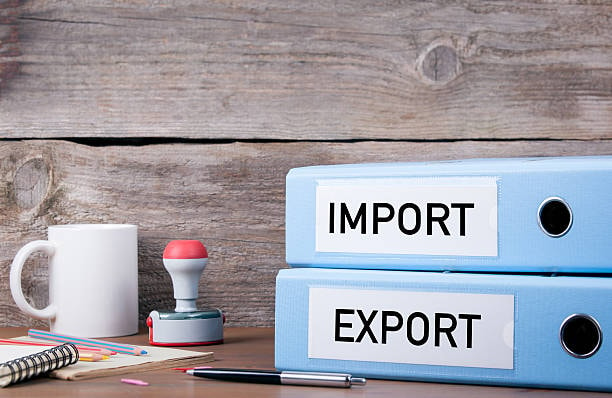
International trade relies on custom clearance documents, often facilitated by a customs broker, to guide goods across countries properly and efficiently. If you want to succeed in international business, it is necessary to be familiar with these documents. Today, as world trade lines reach over $32 trillion a year, everything depends on proper paperwork for business success or possible delays.
Giới thiệu về GWT Worldwide
GWT Worldwide is a company known for its global freight forwarding as well as its partnerships with freight forwarders , supply chain work and e-commerce logistics. Since GWT Worldwide is well-equipped in air and sea freight, China-Europe railways, international express, customs clearance and Amazon FBA, the company ensures that all global business operations are simple and fully compliant.
Understanding Custom Clearance Documents: The Foundation of International Trade
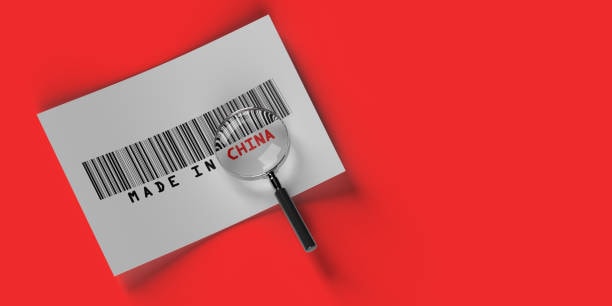
Custom clearance documents set the guidelines for transferring goods across international fronts. These papers are important both for customs services, to help with shipment information, for following trade rules, for collecting customs duties and taxes and for safety procedures. The kinds of goods, their countries of origin and delivery and the involved trade agreements can lead to documents that are more or less complex.
Trade has become more international and complex over the years and customs documentation has adapted as well. Where it all started with manifests and invoices, it is now a system involving many documents that all must be linked correctly to streamline the customs clearance process so no delay, penalty or loss of goods takes place. Because of electronic systems, greater automation and continuous tracking, modern customs procedures need greater attention to detail and correctness.
Today, paying special attention to the details of customs paperwork is necessary since the rules and requirements can change fast, often involve tough new measures and non-compliance can have huge costs. Companies that do well with this side of international trade enjoy longer processing time, lower compliance fees and fewer issues during their supply chain.
Essential Documents Required for Customs Clearance
For customs clearance to go smoothly, everything should be easy to verify on paper. Though each country has its own rules, there are customs clearance documents that are always needed for international shipments. The group of core documents contains a commercial invoice, a packing list and either a bill of lading or airway bill, depending on the means of shipping and import/export licenses when needed.
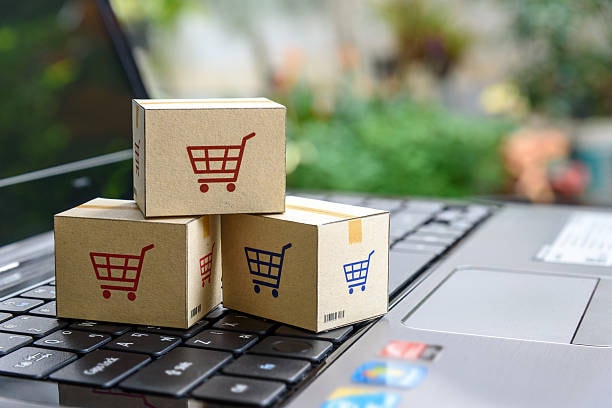
A commercial invoice is considered the most important document needed for customs clearance. The document should provide correct information about the products being shipped such as their descriptions, quantities, values, sales terms and names of the participants. Customs officials rely on these details to set import or export duties, check the transaction and make sure it follows trade guidelines.
Apart from the universal needs, loads may also need further specialized documentation. Such documents could be certificates of origin, inspection certificates, licenses for some goods, insurance certificates and statements confirming compliance. The main aspect of successful customs clearance is to find out all needed international customs documents early and guarantee they are all accurate and complete.
Nowadays, submitting documents online has made customs procedures easier, but businesses have to manage digital records and set up their systems to communicate with ports of entry. Thanks to the digital shift, things are processed faster and more accurately; however, companies now need to keep up with new technologies and make sure their data management is solid.
Commercial Invoice: Your Gateway to Smooth Customs Processing
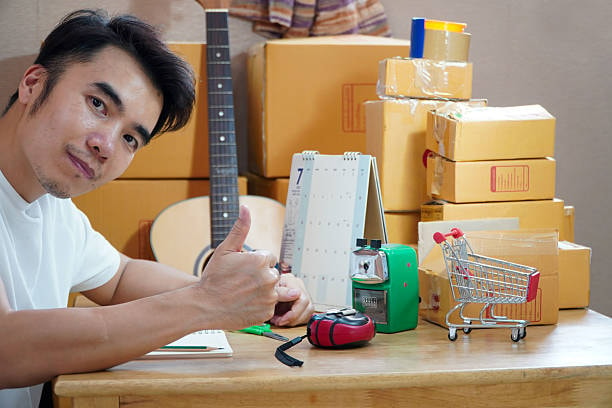
A customs official will primarily use the commercial invoice for determining taxable value and this paper is often closely examined during international shipments. The document must fully represent the transaction and mention all participants, along with their roles, a clear customs value declaration, list of goods, their exact amounts and prices and the sale terms based on Incoterms.
Effective commercial invoices are made by paying attention to requirements and customs rules of the origin and destination countries. Goods must be described clearly enough so that customs officials can group and assess the items correctly. Saying that what you need are “machine parts” or “electronic components” is too unclear and may lead to hold-ups or further examination.
The duty and tax obligations on the commercial invoice are based mainly on the information in the valuation section. The declared value must be the real price paid, taking into account all important costs for customs, like some transport expenses, insurance and additional charges. It is against the law to reduce duties by undervaluing goods; this may lead to harsh consequences such as taking the products away and bringing charges against the company.
Many modern commercial invoices now contain extra information to make processing easier by machine, for example HS codes, where the item came from and compliance statements. A lot of businesses rely on software to create commercial invoices that ensure all necessary details are provided and the data meets customs standards, so errors are less likely and the process runs more efficiently.
Bill of Lading and Airway Bill: Proving Ownership and Control
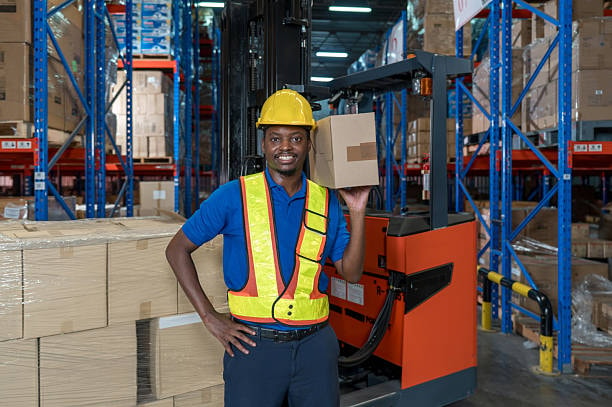
When it comes to freight, the bill of lading for sea and airway bill for air transport are receipts and contracts for goods and they are very important in customs clearance. Because of these documents, the shipper is proven to have sent the goods, the contract with the carrier is outlined and control or ownership of the items during transit becomes clear.
Different types of bills of lading are used for sea freight and each brings certain details for clearing goods through customs at the port of destination. You need a straight bill of lading when you ship to a specific person, but an order bill of lading can be transferred to other people. Different types of bill of lading could affect the steps necessary for clearance at customs, specifically the role of who is allowed to collect and own the products.
Although airway bills are not like ocean bills of lading, they are very important for the customs process. They share all the information about the shipment which covers where it is going, how to handle it and its estimated value. If air transport moves 2-3 times faster than sea transport, it is even more crucial to ensure accurate preparation of airway bills for time-sensitive goods to avoid delays that can be very costly.
Both documents should hold only accurate data that agrees with the other customs documents. A difference between the bill of lading or airway bill and the commercial invoice may result in more checks, delays and likely penalties. Thanks to current electronic systems, it is possible to confirm the correctness of documents much faster, so attention to accuracy is now more necessary than ever.
Packing List: Detailed Inventory for Customs Verification
A packing list supplies information on what’s in each container or shipment for easy checking by customs inspectors. Lists of what’s in your shipment aren’t usually needed by law, but they help a lot with customs, especially if your shipment is filled with different things or you have many packages to check.
The list should clearly show the details of all items such as how many, their dimensions, weight and other markings on the packaging. It enables customs officials to make sure that the goods listed are identical to what is mentioned on the commercial invoice. How the goods are packed should be mentioned on the packing list, along with the amount and kind of packages used, since this is essential for inspections and overseeing risks.
With extras added to regular shipments, detailed information on items become all the more necessary. They make it possible for customs officials to know what’s in complicated shipments and can aid in partial checks as required. By giving customs officials the needed facts about what is being shipped, a proper packing list speeds up the process.
If your warehouse has digital packing lists, they can stay automatically updated when what is being shipped is changed. When integration occurs, it cuts down on mistakes, increases effectiveness, gives everyone in the chain a clearer view and results in a lot smoother process with customs.
Certificate of Origin: Proving Where Your Goods Come From
Where goods were produced is declared on certificates of origin which determines if they can benefit from preferential trade arrangements under several trade deals. They can determine both the duties and taxes for imported products which is why they are useful for businesses wanting to keep costs low in international commerce.
There are many types of certificates of origin and they are used for different reasons. To use special trade agreements like NAFTA, CETA or the many bilateral agreements, you need preferential certificates of origin, where generic certificates just list the country where the goods were produced. What you need to do to get and use these certificates often changes a lot depending on the details of the agreement and what products are involved.
Usually, the process of issuing certificates of origin requires checking by chambers of commerce, trade associations or government offices in the origin country. The verification ensures that the information about product origin is correct and the international customs documents issued deserve the preferential treatment mentioned. False statements about a product’s origin can end in strong punishment and cancellation of trading privileges.
It may be very complex to establish how much processing or value addition a good needs to have in a country so that it is considered locally made. Any business involved in international trade is expected to be familiar with these rules and document all related information. When goods move between several countries for processing or their parts come from many sources, the documentation is vital.
Import and Export Licenses: Navigating Regulatory Requirements
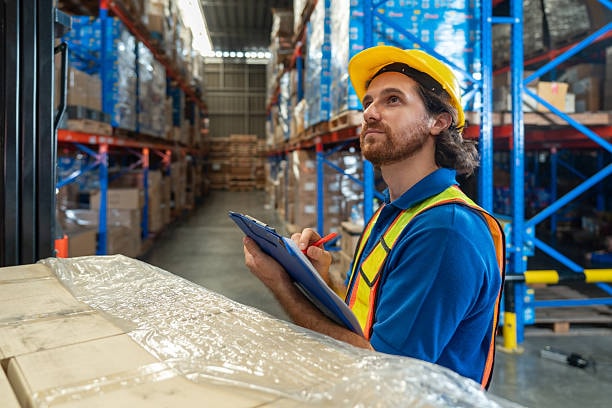
The need for import and export licenses is stated by the government for some goods or business activities, in order to manage the flow of goods, assist local industries, ensure safety and meet the requirements of global arrangements. Knowing when licenses are needed and how to get them matters a lot for companies participating in international trade.
Licenses for goods are required in different countries and often cover things that could be used for both civilian and military purposes, like dual-use technology, military equipment and some chemicals. Licensing is also important for agricultural products, drugs, medical devices and items from a culture. Licenses may concern only certain products, certain places or how the product is used.
To get these licenses, a person must fill out detailed applications, present supporting documents and in some cases undergo physical inspections. Processing might take as few as three days or stretch for several months which is why you need to learn about licenses as soon as possible. Sometimes, companies rely on experts in trade laws and regulations to help them deal with difficult licenses.
With electronic licensing, people can apply online, check the progress of their application in real time and link their customs records for verification. Even so, it is still very complicated to determine the licensing rules for businesses, especially when they work with new products or enter new locations. Always staying aware of how licensing works is challenging and it takes extra focus and resources.
Customs Declaration Forms: Accurate Reporting for Compliance
Customs declaration forms are used to indicate accurate information about the products being brought into or sent out from the country for customs officials. They play a main part in letting customs agents know about shipments and calculating the fees, safety measures and data necessary for statistics.
The content and order of customs declaration forms can be quite different from one country to another, but they usually ask for information on the goods, their value, where they come from and go and the people involved in the deal. Now, many customs systems are equipped with software where forms can be sent and processed without delays or mistakes.
Giving accurate details in customs declarations is very important since incorrect or deceitful information may lead to serious fines, delays and the risk of criminal action. There are detailed systems in use by customs authorities to spot any problems with the information on the declarations and they keep a saved copy of past transactions to compare and ensure accuracy.
Because customs processing is now mostly automated, each declaration needs to be exactly the same. Such systems will quickly detect when declared information is not matching, mark any suspicious activity and automatically trigger more attention for shipments with high risks. Because of this system, checked and approved shipments are processed much quicker and there is a higher chance of finding non-compliant ones.
Insurance Certificates: Protecting Your International Shipments
When you need to get shipping goods through customs, insurance certificates are commonly requested, mostly for pricey or conditionally sold goods. These are needed to satisfy customs rules, ensure official records for finance and help when settle any claim for loss or damage.
Marine cargo insurance ensures that shipments by sea, air or land are the best covered for international transactions. There is a huge difference in what insurance covers, with some offering only basic protection from major threats and others providing extra coverage for common and small damages. It is important to know the details of the coverage when dealing with customs and managing risks.
When goods are valued for insurance, they should match the value mentioned in customs declarations so there won’t be problems at clearance or while claiming. Large differences in values between insurance and customs papers may lead to extra checks by customs and possibly cause delays in handling losses.
Clearing customs now requires less effort because electronic certificates and automated checks exist. There are now many insurance firms that link their online platforms to customs systems, including those recognized by the international air transport association, which makes checking coverage easy and reduces the need for paperwork for importers and exporters.
Specialized Documentation for Restricted Goods

Sometimes, specific items are marked for shipment with supplementary paperwork due to how they can affect health, safety, security or the environment. The goods in these categories are pharmaceuticals, medical devices, food products, chemicals, textiles, electronics and several controlled substances or technologies.
Health authorities generally ask for registration, evidence of good processes in production and test details for every batch involved in importing pharmaceuticals or medical devices. Certain food businesses are required to get health certificates, follow the rules for labeling nutrition information and register their facilities. Since there are many rules involved, it is clear that imported products must meet the same safety and quality standards as those made locally.
It is often necessary to provide country of origin information, what the textiles and apparel contain and sometimes give quota certificates or seek a visa endorsement for them. Electronics may have to be certified for compatibility with electromagnetic forces, accident and injury prevention and energy conservation. What is needed for travel in a certain country often varies a lot and may change regularly.
Earning specialized documentation normally entails using the services of recognized testing laboratories, certification organizations or government officials. Since exporting takes a lot of time and money, it is important to know the requirements before starting. Several companies rely on specialists who can provide quick and successful service related to complex requirements.
Digital Transformation in Customs Documentation
Because customs procedures are becoming digitized, trading internationally is now easier thanks to EDI, blockchain and AI. This development affects the ways in which businesses get ready, submit and control their documents for customs territory customs transit documents.
Because of electronic customs systems, it now takes only hours or minutes for clearance of many low-risk shipments instead of longer delays customs control measures. To do their job, they rely on smart algorithms to check risk, check details and notice shipments that require more attention. If the data entered into the system is high-quality and always consistent, the process will be faster and more precise combined transport document.
Many experts view blockchain as a possible way to make customs documentation more reliable and trackable. Using blockchain technology to save unchanging records of documents prevents fraud transport company date, lowers the chances of disputes and makes everyone more confident in the documents commercial document. Important shipping firms and customs bodies have been testing out blockchain systems for conducting documentation eu customs authorities.
Modern data technology is being used by customs to spot suspicious cases, handle risks and anticipate any possible violations of rules. These tools review a lot of data to find trends that are not easily noticed by people, helping customs operate in the best way transport documents international transportation.
Common Mistakes and How to Avoid Them
Most of the delays, penalties and extra costs in international trade result from mistakes in paperwork. By knowing the typical errors and setting up prevention measures, the process of clearing customs can be improved and save money rail transport contract internationally valid guarantee.
Frequently, the errors found in documentation are due to either missing or incorrect product details. If a shipment includes “spare parts” or “samples,” it does not offer enough information for customs and duty processing multiple shipments. Good descriptions that mention the materials used, the object’s functionality and its specifications make it possible to classify perfectly and prevent delays freight forwarders associations shipping company.
Errors in valuation, whether products end up being overpriced or underpriced at customs, can lead to Audits and fines. Measuring goods at a permissible or lower price is against the law, while estimating them higher than necessary may highlight problems with control or the search for lower tax bills. For accurate valuation, you have to know about customs valuation rules and also be precise when recording all the details of the transaction international transport.
When descriptions, amounts or values for products are different from one document to the next, this often results in more checks and delays. Following quality control steps and putting in place systems that coordinate all documents can solve these types of issues temporary importation.
Phần kết luận
Custom clearance documents play a vital role in making international trade a success and they should be prepared with careful attention, full understanding of the rules and a methodical approach. The strictness of today’s rules calls for businesses to train staff, have appropriate systems and hire experts to fulfill the requirements. With digital transformation advancing, companies need to keep up with innovations and regulations to compete effectively across the world


Thank you for reading!
Have questions, corrections, or better ideas? We’d love to hear from you!
We value every piece of feedback and promise to reply within 24 hours. Let's make this guide better together!
Note: Spam comments will not be published.